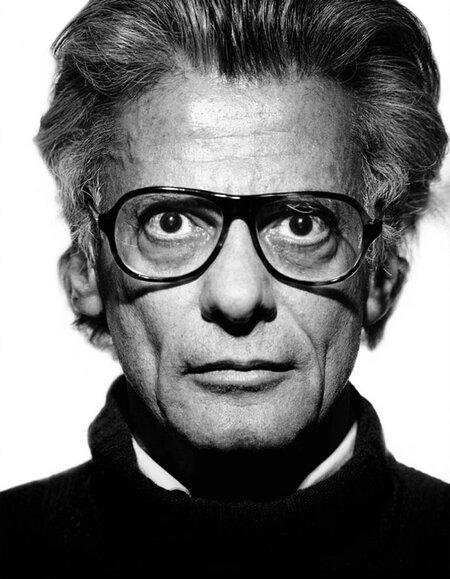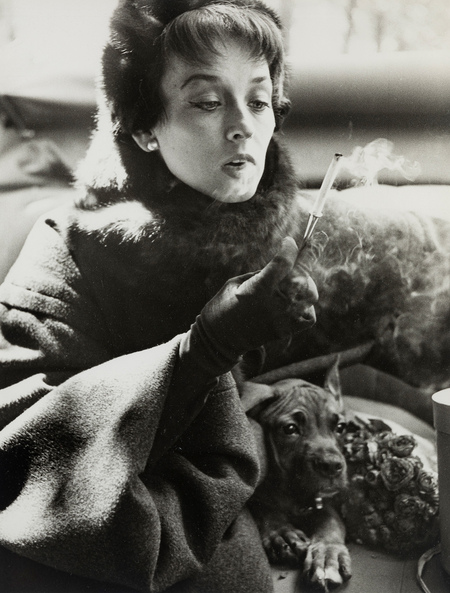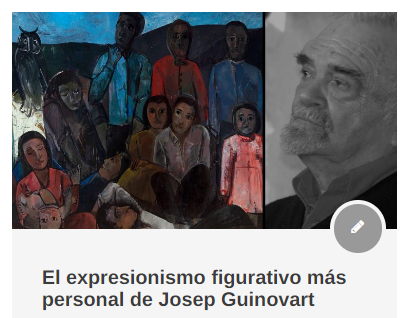Richard Avedon: the photographer who never goes out of style
Richard Avedon, internationally known for his work in fashion magazines such as Harper’s Bazaar and Vogue, lands at Setdart with one of the greatest icons in the history of fashion: Dorian Leigh.
Few photographers in the 20th century have been as decisive as the American Richard Avedon, who not only revolutionized the world of fashion by creating a new aesthetic, but also became one of the most prestigious portraitists in the history of photography. Both as a fashion photographer and as a portraitist, Avedon managed to break with certain myths or pre-established standards, freeing his protagonists from the rigidity and distance that until then had been projected especially from the world of fashion.
In this sense, the bidding photograph is completely enlightening about the work of this acclaimed photographer. In it, Avedon unites his skills as a portraitist with his vision of the fashion world, capturing with his lens one of the first icons of modeling in the industry: Dorian Leigh. In fact, the working relationship between the two would become one of the most fruitful in the industry, forming one of the most iconic and influential tandems in recent history.
“I often feel that people come to me to be photographed like they would go to a doctor or fortune teller; to find out what they are like. For me, photographs have a reality that people don’t have. It’s through photographs that I get to know people.” Richard Avedon.
The snapshot is part of a portfolio of eleven images that Avedon took in Paris between 1947 and 1957 for the legendary Harper’s Bazaar, a magazine with which he maintained an intense and productive collaboration until he became one of the publication’s main photographers. This work, belonging to an early stage of his career in which he devoted himself almost exclusively to fashion photography, represents a brilliant example of the reinterpretation and reconceptualization he executed to elevate this discipline to the category of fine art during the twentieth century.
The entire portfolio, which later formed part of the retrospective exhibition held in 1978 at the Metropolitan Museum of Art in New York, brought a breath of fresh air to the magazine, thanks in part to the enduring imprint left by the Parisian avant-garde on the art world. Influenced by the classically French aesthetics, Avedon immortalized in them the most fashionable models of the 40’s and 50’s, the same ones that would end up becoming the true muses of his work.

The personal and non-transferable stamp that Avedon brought to the world of photography transpires in this portrait of Leight in which, in an apparently simple way, he manages to capture and immortalize the essence of the protagonist, whose portrait, far from adopting the statuesque air that had prevailed until then, condenses the free, spontaneous and somewhat playful and rebellious character that characterized the spirit of the time. By giving them an environment to interact with and make their own, Avedon brought to life his subjects who, without losing any of their glamour, took on a much more human and approachable appearance that captivated the public.
The way in which Avedon changed photography forever has an impact that reaches far beyond the boundaries of the practice itself, as we can see from the shutter that the New York Times published after his death on October 1, 2004, recognizing him as the photographer who helped define the image of beauty, elegance and culture for the past half century.






